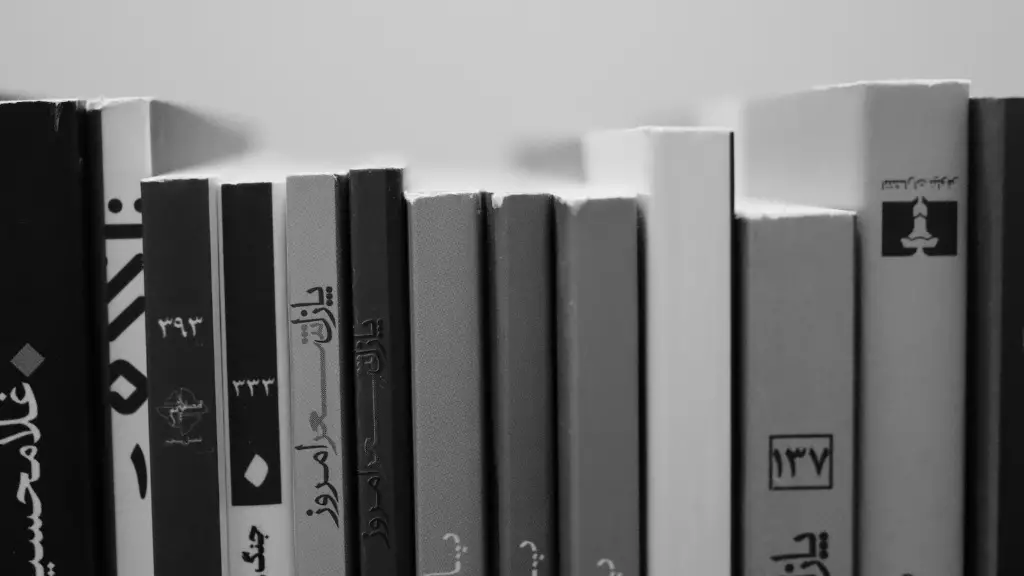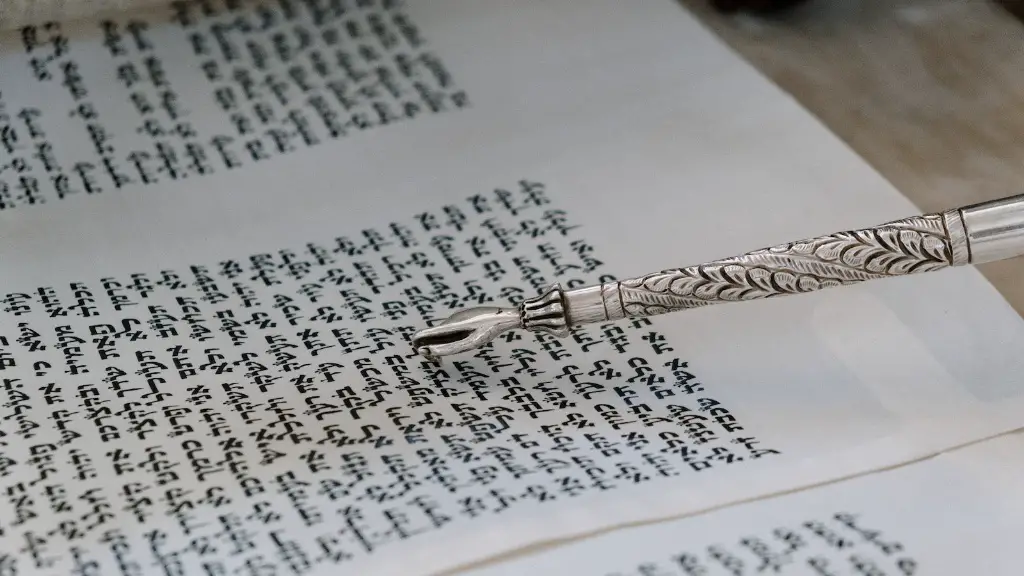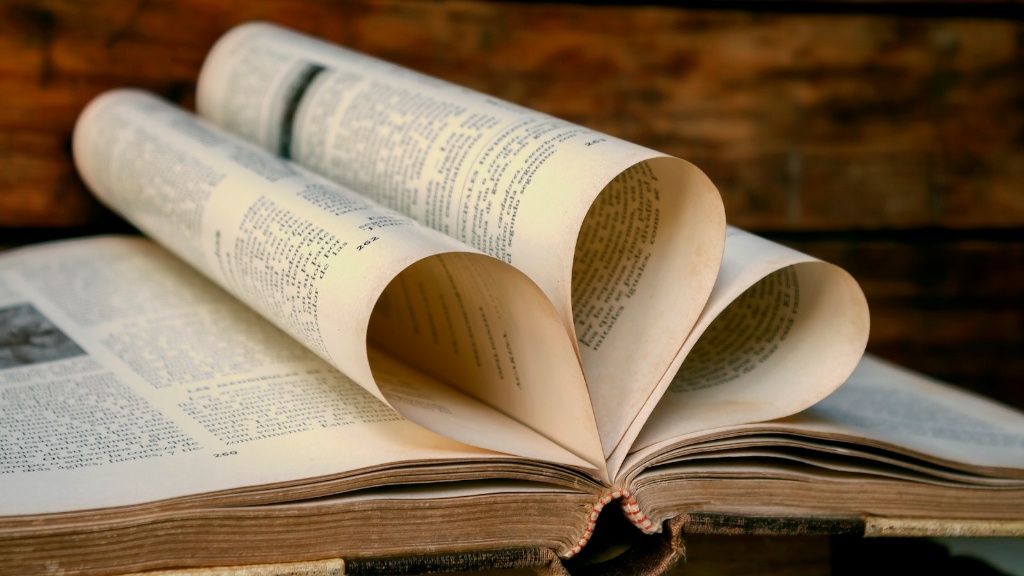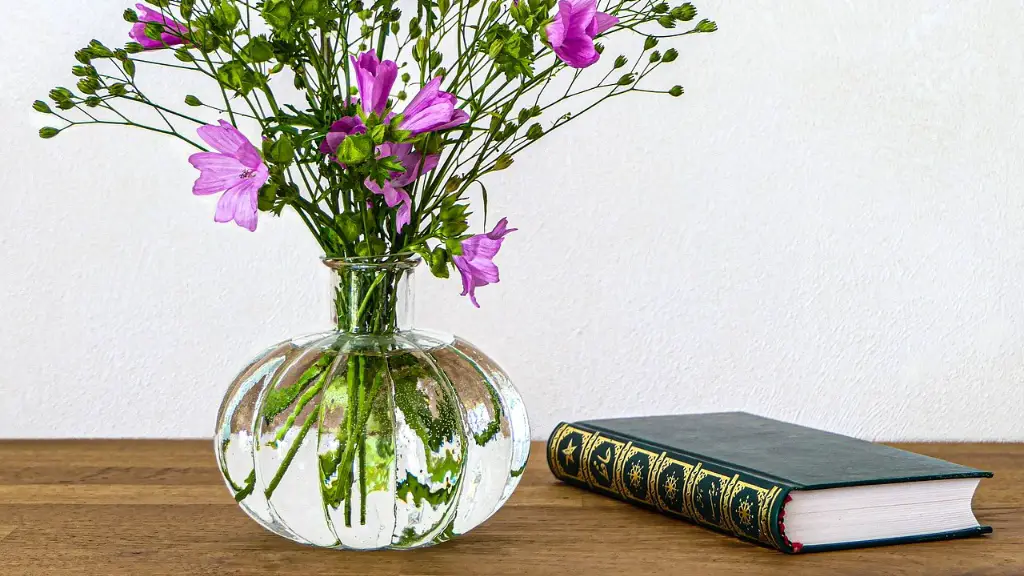Japanese poetry has a long and rich tradition, going back centuries. It has been written in many different forms, including tanka, haiku, renga, and waka. Japanese poetry is often characterized by its highly structured nature and short lines. It has also been used in various contexts, ranging from courtly love to Buddhism, and has been written in many different types of Japanese.
The first written poem in Japanese is thought to have been created in the oldest collection of Japanese poetry known as the “Man’yōshu” (or ‘Collection of Myriad Leaves’). In the poem, the author expresses his sorrow in the face of death, and features words of beauty and comfort. This poem set the tone for the rest of Japanese poetry, which would often focus on themes of beauty, nature, and emotions.
The most popular form of Japanese poetry is likely the Haiku, which is a three-line poem with a five-seven-five syllable structure. This form of poem is mainly focused on nature and the changing of the four seasons. It often uses subtle tactics in order to emphasize emotion and the special moments of life, such as the falling of cherry blossom petals.
The tanka (also known as waka) is another form of Japanese poetry, consisting of five lines with a five-seven-five-seven-seven syllable structure. Tanka is an older form than haiku, having been used since the 6th century, and it was often used to express emotion in a gentle and concise way.
The renga is a form of Japanese poetry written by multiple people, usually in a collaborative setting. It differs from other forms of Japanese poem in that it emphasizes the relationships and conversations between participants. It takes great skill to keep the poem flowing smoothly in this format, and it is also important to maintain the understanding of the collective poem.
Japanese poetry has a lot of cultural and linguistic context associated with it, with many special words and forms used in order to properly capture the emotion and the feeling of the poem. This can make it hard for people with little knowledge of the language to be able to appreciate it, although there are many resources available to learn about this unique form of writing.
Symbolism and Language
Japanese poetry often employs symbolism in order to convey shared feelings and ideas, such as the imagery of cherry blossoms as a representation of the fleeting nature of life.
Words are often chosen to be evocative rather than directly descriptive, with many words having multiple layers of meanings and being used to indicate complex concepts. For example, the word ‘ai’ can mean love, but it also carries connotations of sadness and loneliness.
Japanese poetry often utilizes onomatopoeia to enhance the emotions being expressed, adding to the vividness of the language. This can be heard in the sound of the ocean waves, or the chiming of bells, which are all believed to represent various depths of emotion.
These symbolic elements of Japanese poetry are intertwined into the language, making it a truly unique form of writing.
Calligraphy and Presentation
The presentation and layout of Japanese poetry is just as important as the words themselves. Japanese calligraphy is used to create beautiful designs on the page, often with the purpose of conveying a sense of peace and beauty.
Particular attention is paid to the way each poem is laid out, with careful consideration given to both the space around and between words, as well as how the text is distributed throughout the page. Various special rules are followed in order to create a balanced and aesthetically pleasing page.
The presentation of the poem is also essential for understanding it, as the careful layout can help to convey the emotion of the poem and add emphasis to certain words or images.
The style of calligraphy also plays an important role in Japanese poetry, as the different strokes and characters create an atmosphere of beauty and etherealness. This can sometimes be combined with other artforms, such as origami and painting, to help emphasize the meaning of a particular poem.
Influence and Legacy
Japanese poetry has had an influence on many generations of writers, and it continues to be popular today. Many authors have adapted the form to their own works, creating modern versions of these classic styles.
It has also been used to create works of art, such as the popular ‘uta-garuta’ series of books that use traditional Haiku as the main narrative. This has shown the true potential of Japanese poetry, and its ability to entertain and captivate the reader.
Japanese poetry has also made its way into popular culture, with numerous books, movies, and TV series featuring these works. This has further reinforced how important this type of writing has been, and how it remains just as relevant today as it was centuries ago.
From its early beginnings in the Man’yōshu to its adaptations in the modern era, Japanese poetry has remained popular and influential throughout its long history, and its legacy continues to this day.
Modern Writers and Movements
The modern resurgence of Japanese poetry has been largely thanks to a wide variety of writers and groups that have championed the form. Author Kenji Miyazawa was particularly important in this regard, helping to bring tanka and haiku back into the limelight.
Writers such as Yoko Tawada, Tadashi Hoshino, and Ryoichi Wago have all made significant contributions to the world of Japanese literature, particularly in regards to these traditional styles of poetry. They have helped to make these works more accessible to the general public, and their contributions are often celebrated.
There has also been a movement in recent years to popularize these works, often under the banner of ‘uta no saku’ or ‘the flowering of lyric poetry ‘. This has seen a number of events and publications revolving around the genre, and has helped to spread the appreciation of this type of writing.
It is also now easier than ever to create and share Japanese poems, with numerous online platforms and magazines designed to make the process simpler. By creating a friendly and inviting environment, these platforms have made it easier for beginners to get involved, as well as experienced writers to share their works.
Conclusion
Japanese poetry has been a part of Japanese culture and language for centuries. Its influence is still felt today, both in the works of modern writers and the proliferation of online resources. This makes it easier than ever to get involved and to learn more about this intriguing form of writing.





